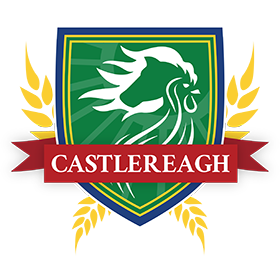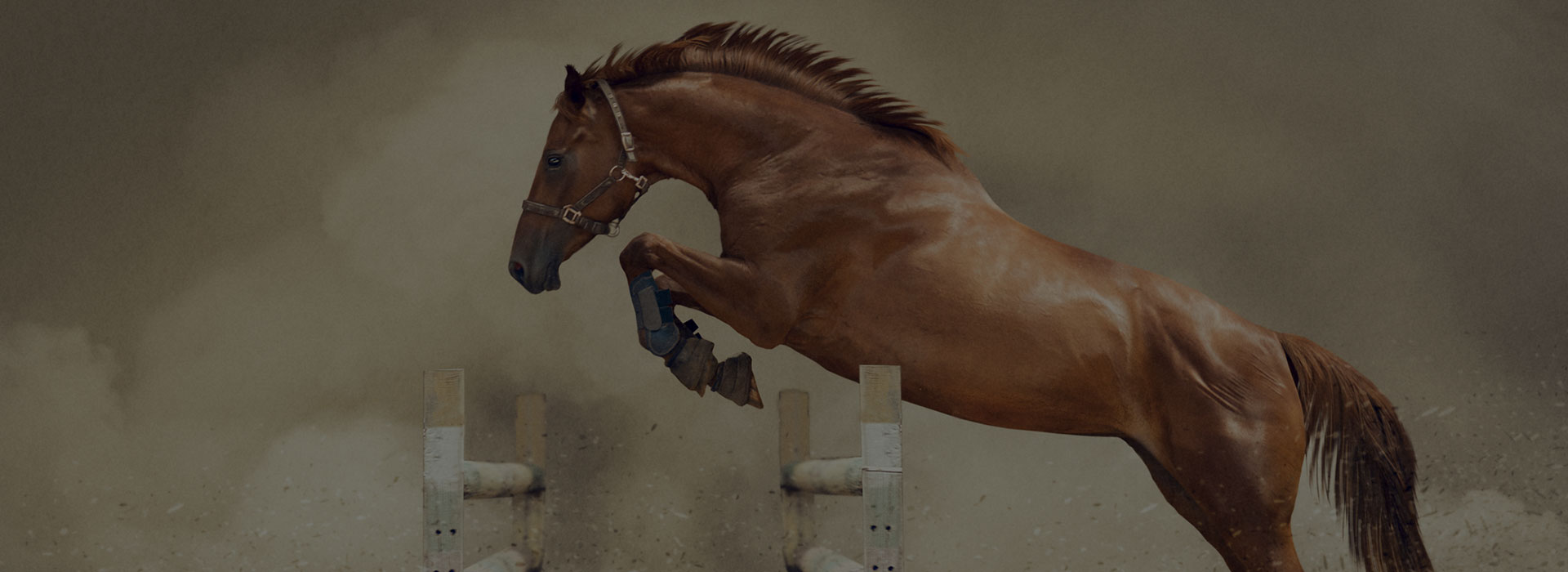
20 Nov Keeping your horse safe during a bush fire
It’s no secret that Australian bushfires have the power to cause devastating damage. So, if you’re a horse owner then you need to have a pre-planned way of protecting your horse regardless of whether its situated at your home or another property. Even though horses are fairly good at avoiding bushfires in the wild, in a domesticated setting they need ample space to move around freely and dash away in case of a serious incident.
To help guide you through this year’s bushfire season, we’re taking you through some measures that you can take to ensure the safety of your horse before, during and after a bushfire.
What to do during a bushfire
One of the obvious things that occurs during a fire is reduced visibility and increased risk when travelling. Additionally, smoke and loud sirens of incoming firefighters are enough to startle your horse. Therefore, it would be wise to prepare to move your horse to another site before fires get too close. Below, we’ve listed some safe places to take your home during a bushfire:
- A sequence of lesser eaten out paddocks that have internal gates that are left open
- A big eaten out paddock
- A vast sand ménage if there are no buildings or vegetation nearby that might catch fire
If you decide to place your horse in a paddock then it should have plenty of food and a dam where your horses can cool themselves from the high temperatures. Also, you shouldn’t lock your horses inside a stable yard, stable, or a similar area since the building might catch fire, plus they might panic and hurt themselves. Also, ensure your horses do not run out to the roads, as they will be in danger of getting hit by oncoming traffic.
What should you do after the fire?
Once the bush fire has passed, confirm that all your horses are fine, as you reassure them and try to calm them. If you notice any burns on your horse, you need to call a vet immediately and start administering medicines or treatments you have before the vet arrives including;
- Anti-inflammatory first-aid
- Making the horse stand in a bucket of cold water if the legs are affected
- Sponging the affected regions with cold water
Furthermore, you need to carry out additional checks to safeguard the safety of your horses. These include:
- Confirm that the fence is secure
- Ensure there is enough food and the water is safe for consumption
- Get your horses off any hot ground to prevent laminitis
- Check for scorching pits usually caused by tree roots burning below ground
- Do not enter or allow your horses to stay in paddocks with destroyed power poles or fallen power lines
- Carefully inspect the paddock for limbs as well as trees that seem likely to fall
Conclusion
We hope you and your horses stay safe this bushfire season and hope we have helped you by outlining some measures you need to implement to safeguard your horses during and after a bush fire. Stay safe during the bush fire season.

